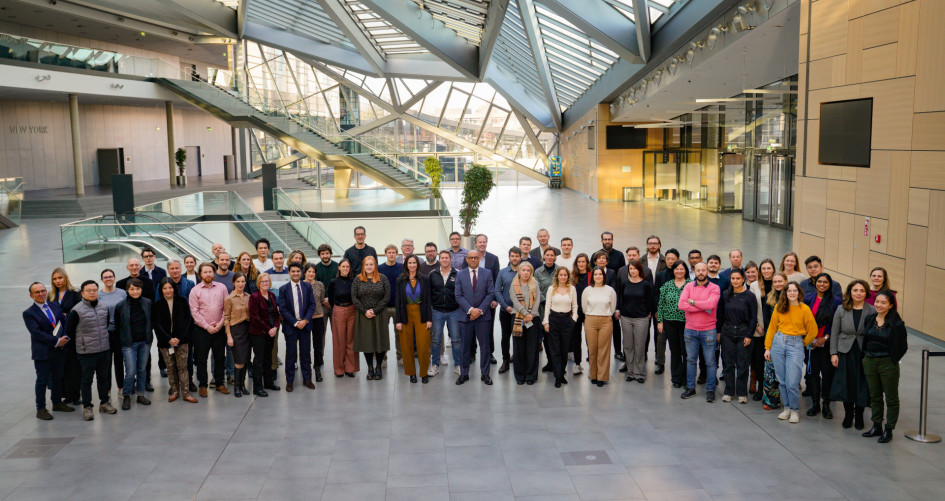UN Climate Change Executive Secretary, Simon Stiell, has said that the fashion industry needs to move further and quicker to reduce emissions and demonstrate that the sector is serious about moving beyond cosmetic to structural change.
Speaking at a two-day meeting of the Fashion Industry Charter for Climate Action in Bonn, Germany, Stiell said that although some progress has been made, such as complying with fundamental reporting requirements and disclosure of more climate-related information, the sector still has a long way to go.
In his words, “It’s good — but it’s not good enough. After five years the fashion industry simply isn’t at the point where we can say that it is truly changing, and implementation is truly happening. Less than half of active signatories are compliant with setting climate targets needed to limit global heating to 1.5 degrees Celsius. By and large, their extensive supply chains aren’t aligned with Charter goals either. This is the reality.”
The Fashion Charter was established in 2018 with UN Climate Change’s backing to give the sector a path to net-zero emissions by 2050, in line with efforts being made worldwide to keep global warming to 1.5C. The Charter also commits to purchasing environmentally friendly raw materials, phasing out coal from the supply chain by 2030, and obtaining 100% of electricity from renewable sources by that time.
Read also: Turkey earthquake: Over 5,000 victims buried as death toll tops 34,000
Progress on industry-wide climate ambition has been made since the Charter’s creation and this includes expanding the number of signatories to 101 businesses, including suppliers Crystal International and TAL Apparel as well as brands like Burberry, H&M Group, Adidas, Chanel, Nike, and PUMA.
Through CDP, a not-for-profit organization, charter members are required to publicly report annual progress against intermediate and long-term goals. Ten Charter signatories were included on CDP’s A-List of Companies last year, exhibiting true leadership in the industry. According to CPD data, 45% of the Charter’s current active signatories have established the public climate targets necessary to keep global warming below 1.5C.
However, according to Stiell, the fashion industry continues to release “eye-wateringly high” levels of greenhouse gases, equivalent to the combined emissions of the economies of France, Germany, and the UK.
At the conclusion of the meeting, the Charter members agreed that effective change requires more supplier collaboration and involvement of the entire ecosystem, from cotton farmers to manufacturers of textile machinery.
Story was adapted from United Nations Climate Change.
